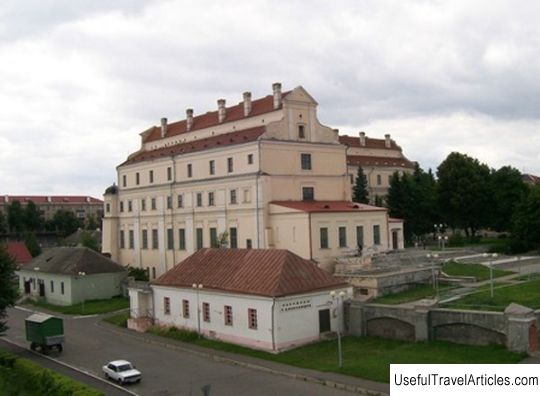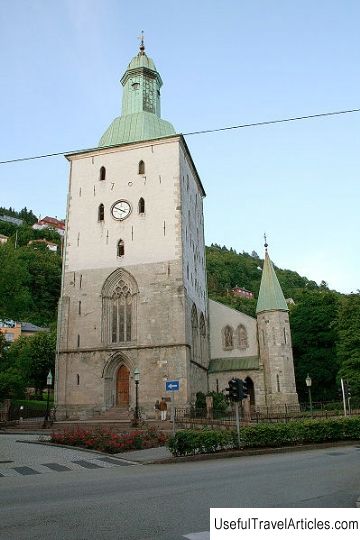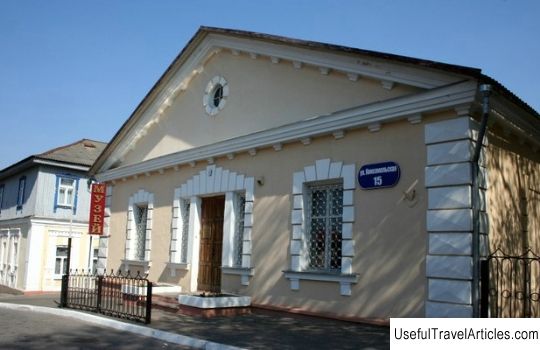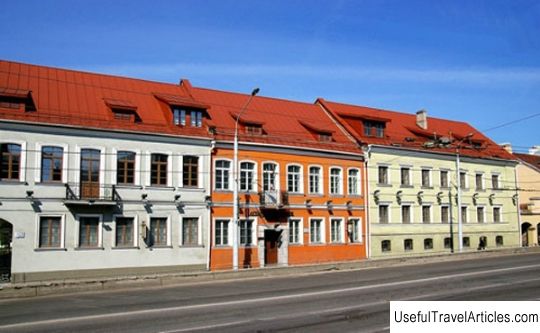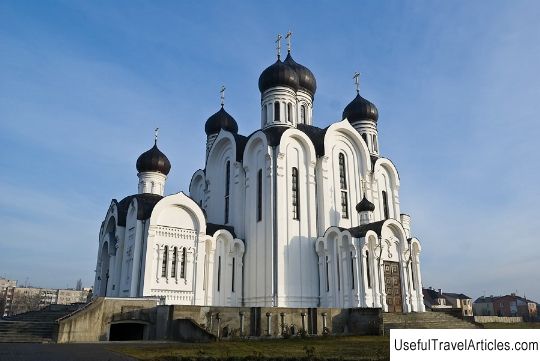Museum of Belarusian Polesie description and photos - Belarus: Pinsk
Rating: 7,7/10 (600 votes) 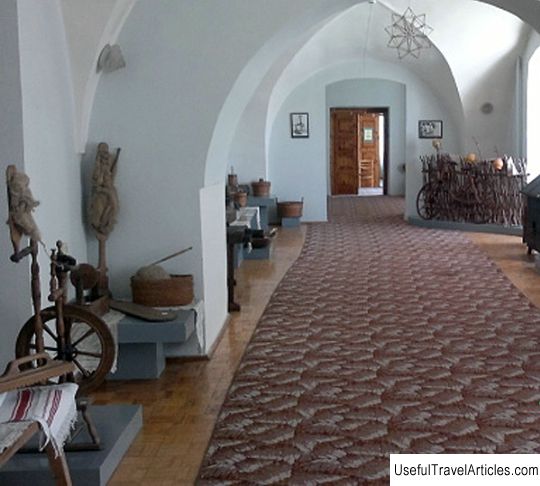
Museum of Belarusian Polesie description and photos - Belarus: Pinsk. Detailed information about the attraction. Description, photos and a map showing the nearest significant objects. Photo and descriptionThe Museum of Belarusian Polesie in Pinsk is located in a building of the 17th century, which previously housed the Jesuit collegium and the Epiphany brotherly monastery. The museum was opened to visitors on July 1, 1926 as a regional museum of local history. At that time it was the territory of Poland. His collections contained interesting archaeological and ethnographic finds, numismatic collections of the Belarusian and Ukrainian woodlands, poets of Beresteysky voivodeship. According to reports, as of January 1, 1937, 3287 exhibits were already collected in the museum. During the Great Patriotic War, the building of the former Jesuit collegium, where the museum was located, was badly damaged. After the end of the war, the new authorities decided to demolish the objectionable church building. The building was saved by bureaucracy. So many organizations proliferated within the monastery walls that it was difficult and costly to evict them from there. It turned out to be much easier to restore the former monastery. Restorers from the Soviet regime taught how to play the monastery clock a new melody for them: "Where are you, fellow soldiers now ...", took out the Jesuit chimes. architecture of the XIX century. In the early 50s of the XX century, they were blown up. In 1965, the richest art gallery in Belarus was located here. The collection contained pearls from the collection of paintings by the Radziwills, paintings by Aivazovsky, Shishkin, Vasnetsov, Konchalovsky. In 1980, the building of the former Jesuit collegium was completely transferred to the Museum of Belarusian Polesye and closed for reconstruction. The museum reopened only in 1996. Now the museum has the richest collection - more than 60 thousand museum exhibits. Among them are a collection of works by famous painters, a huge numismatic collection, ceramic tiles of the 11th-12th centuries, an ethnographic collection and an exposition of native nature.         We also recommend reading Sulamani Temple description and photos - Myanmar: Bagan Topic: Museum of Belarusian Polesie description and photos - Belarus: Pinsk. |
